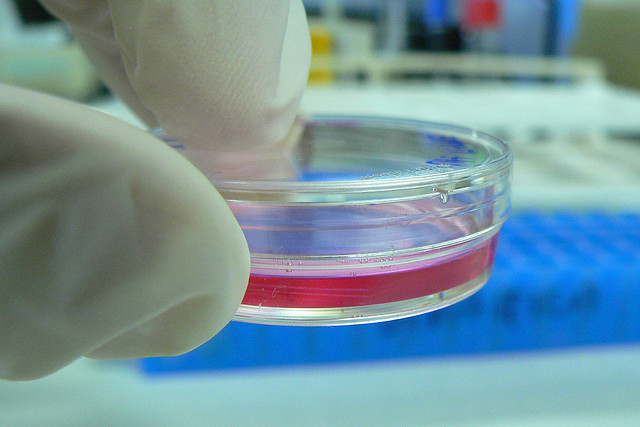Pain-sensing nerves have been made by reprogramming cultured skin cells for the first time. 
Up to 20% of individuals experience chronic pain syndromes of one form or another, but up to now these debilitating conditions have been very hard to study owing to a lack of tissue to work on in the laboratory. Now a team of Harvard scientists led by Clifford Woolf have discovered a way to chemically re-program skin cells, called fibroblasts, so that they turn into pain-sensing nerve cells, called nociceptors.
The team used viruses to deliver a handful of cellular signals known as transcription factors. These control which genes are turned on and off.
"The trick was to deactivate the genes that are normally turned on in a skin cell and turn on the genes that are normally turned on in a nociceptive nerve cell," says Woolf. "And after a year of painstaking experiments, we got it." The re-programmed cells the team have produced are indistinguishable from normal nerve cells in culture.
"Biochemically they behave like neurones; genetically they behave like neurones. They also produce spikes of electrical activity called action potentials when we expose them to capsaicin, the spicy ingredient in chilli," says Woolf. "This is the cells effectively going 'ouch' in the dish."
The new technique, published this week in Nature Neuroscience, may help to revolutionise the study of pain pathways and also the discovery of new pain-killing medications. New nerve cells tailor made from an individual's skin will also help to make medicine safer and more personalised.
"By testing treatments on these cells before they go into a patient, we can spot side effects of drugs, like the painful neuropathy caused by certain cancer chemotherapy in some patients, before a person even takes the agent," explains Woolf. "It might also help us to get a handle on why some people experience debilitating levels of pain post-op and how best to manage these cases."
References
- Previous DNA survives space travel
- Next Pill warps womens' mate choices










Comments
Add a comment